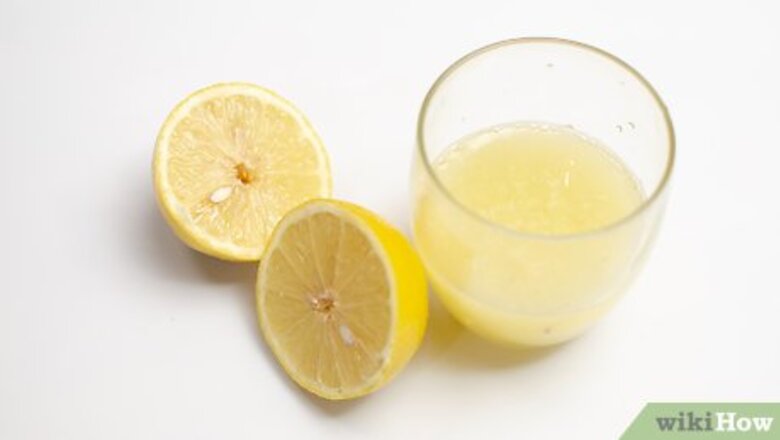
views
Substituting with Common Kitchen Ingredients
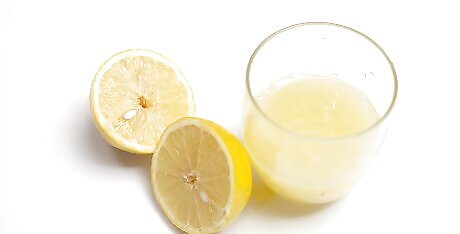
Substitute lemon juice for a very effective option. When mixing ingredients for your particular recipe, swap equal parts of cream of tartar for lemon juice. Most recipes call for 1/4 tsp (1.2 g) of cream of tartar. The acidity in lemon juice is similar to that in cream of tartar, so this makes for an easy swap. This is particularly a good idea if you are making lemon meringue pie.
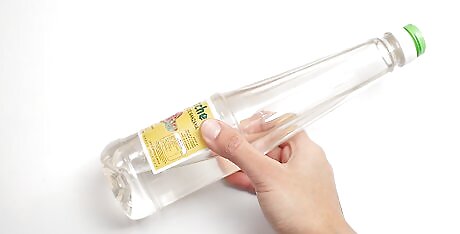
Choose white vinegar if you are beating egg whites. White vinegar and lemon are both very helpful substitutes that work great to mimic the effect of cream of tartar. Add equal parts of white vinegar to your eggs as you beat them to easily whisk them up and make them extra fluffy. The acidity of the vinegar helps to add volume, similar to cream of tartar. If your recipe calls for 1/2 tsp (2.4 g) of cream of tartar, use 1/2 tsp (2.4 g) of white vinegar instead. You may have to add a little bit of sugar to taste if the mixture is too bitter.
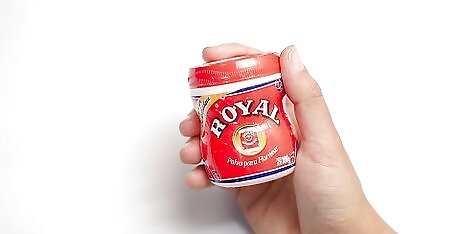
Try baking powder if you need a leavening agent. If your recipe calls for baking soda and cream of tartar, swap it out for baking powder. Baking powder is another effective leavening agent that you can use in a pinch. Use 1 tsp (14.9 g) of baking powder to replace 1/3 tsp (1.65 g) of baking soda and 2/3 tsp (3.3 g) of cream of tartar. Baking powder is essentially a mix of baking soda and cream of tartar, so this won’t change your recipe much at all. This is a good idea if you want to add cream of tartar to blueberry pancakes, for example.
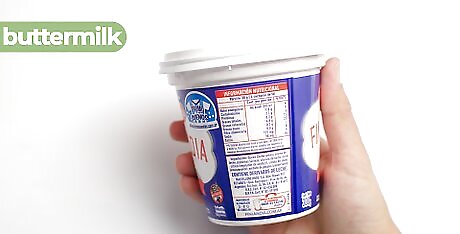
Use buttermilk if your recipe calls for lots of dairy. If you’re making a dish with lots of milk or cream, like pies or puddings, you can use buttermilk to add acidity and replicate cream of tartar benefits. Remove 1/2 cup (118.3 mL) of liquid for every 1/4 tsp (1.2 g) of cream of tartar, and then add 1/2 cup (118.3 mL) of buttermilk instead. Buttermilk is an acidic liquid that is left over after churning butter. It is often used in baking pancakes and birthday cakes. In some cases, you can substitute yogurt for buttermilk. Add milk to your yogurt until it is the same consistency as buttermilk, then use the same buttermilk proportions to substitute your cream of tartar.

Skip over the cream of tartar if you are making frostings or syrups. If you are making sugary toppings including icing, syrups, and frostings, leave out the cream of tartar rather than trying to find a substitute. Your topping may crystallize and get hard, but you can easily reheat it in the microwave or stovetop to soften it. Do this if you are topping cookies, frosting a cake, or stuffing donuts, for instance.
Using Cream of Tartar
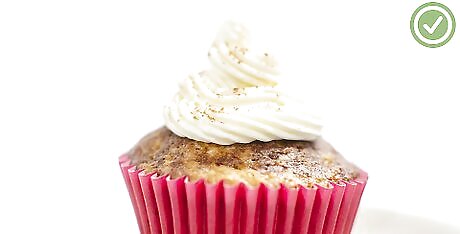
Use cream of tartar to stabilize egg whites when making meringue. Cream of tartar is what gives meringue its creamy, fluffy texture. Use your meringue to make cookies, pies, and other tasty desserts. Typically, you can use 3 egg whites and 1/4 tsp (1.2 g) of cream of tartar to make delicious meringue. Be sure to beat your egg whites well until they are foamy. Consult your recipe to determine how much cream of tartar and egg whites to use.
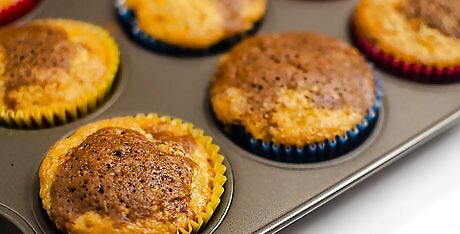
Add cream of tartar when making baked goods for a leavening agent. Mix cream of tartar with baking soda to create a chemical reaction, resulting in extra-fluffy treats. Use cream of tartar to help cookies, pancakes, and other baked goods. The amount of cream of tartar and baking soda to add to your ingredients depends on your particular recipe. For example, add 2 tsp (9.9 g) of cream of tartar when making Snickerdoodles for fluffy, yummy cookies.
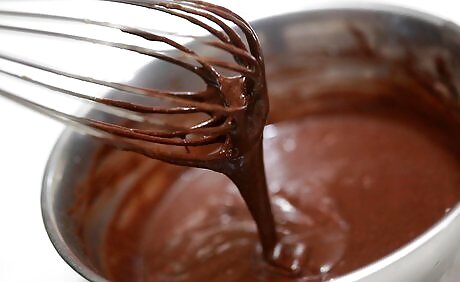
Include cream of tartar to prevent sugars from crystallizing in icings. The acidic base of cream of tartar helps keep sugars from hardening up when making icings, frostings, or syrups. In addition, cream of tartar gives these sugary toppings a smooth, consistent texture. For instance, if you are making icing with 3 cups (710 g) of confectioners sugar and 2 egg whites, add 1/4 tsp (1.2 g) of cream of tartar for a creamy touch.

















Comments
0 comment